Efficiency in emission reduction and sustainable development for wood enterprises
| Wood enterprises step up trade promotion due to lack of orders | |
| Binh Dinh Customs facilitate enterprise exporting wood |
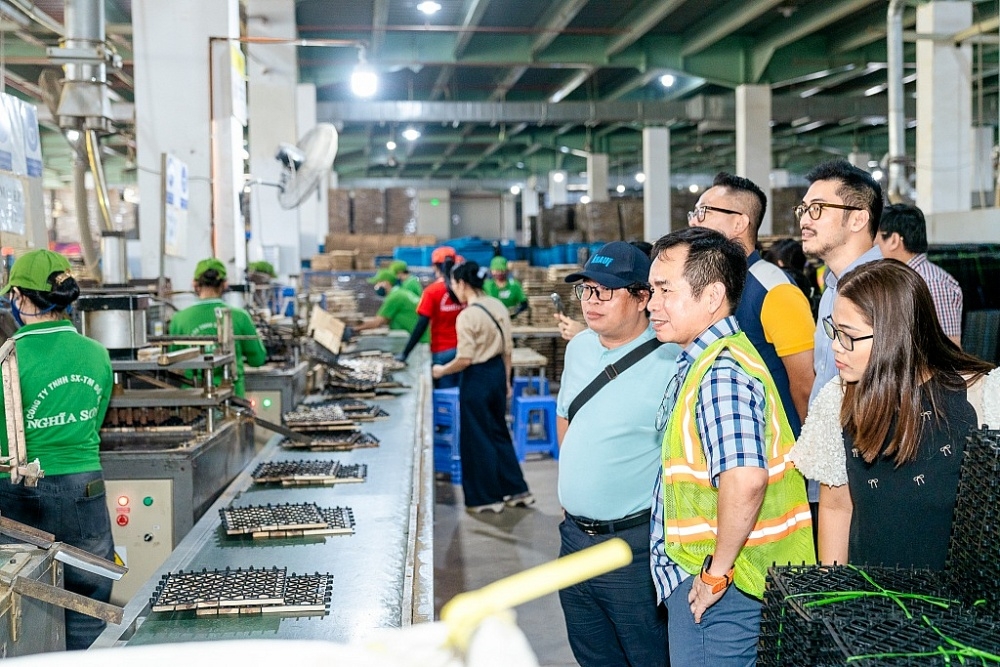 |
| Businesses learn from Nghia Son’s technology application in e-commerce for the furniture industry. Photo: TL |
Spreading success stories
At a recent workshop on emission reduction and sustainable development organized by the Ho Chi Minh City Handicraft and Wood Industry Association (HAWA), Nguyen Thi Truyen, a senior expert from the International Labour Organization (ILO), shared valuable insights on emission reduction practices in the wood industry.
Drawing from her experience with greenhouse gas (GHG) inventories for wood industry enterprises, Truyen highlighted that 90% of emissions stem from electricity consumption, with the remaining 10% from direct emissions. This indicated that optimizing energy usage presented significant opportunities for reducing emissions. While many wood companies have already implemented measures like replacing T8 fluorescent lights with LED ones and maximizing natural lighting, Truyen suggested further emission reduction solutions such as installing energy monitoring systems; upgrading air compressors, dust filtration systems, and air conditioning systems; investing in solar-powered wood kilns and automated CNC machines; and setting up solar energy systems.
In the past, when talking about emission reduction and sustainable development in the wood industry, HAWA noted that hesitation in transitioning toward sustainability remains a significant barrier for many businesses, especially small and medium-sized enterprises (SMEs). Various factors contribute to this reluctance. According to Le Xuan Tan, a HAWA Executive Committee member and CEO of Happy Wood Company, most businesses lease land for their factories, often with lease terms insufficient to cover the lifecycle of sustainability projects.
Furthermore, businesses face challenges related to legal regulations, technology, and financing. Factory upgrades must also be implemented without disrupting production to maintain cash flow. To address these concerns, Tan emphasized the importance of showcasing successful case studies and lessons learned to help businesses clearly see the benefits of transitioning and identify models that suit their needs.
Recognizing this need, in May 2024, the ILO and HAWA launched the Productivity ecosystem for sustainable employment project to support wood industry enterprises in building awareness and initiating carbon reduction practices while improving carbon management capabilities in factories. In addition to expert-led sessions on digital transformation, participating companies also had the opportunity to visit exemplary factories.
Among them, Happy Furniture Company is recognized as a pioneer in applying technology and improving production processes to save energy sustainably. Hong Ky Company is celebrated for its successful implementation of the ERP/SAP system. Businesses also gained insights from Nghia Son Company’s experience in leveraging technology to explore the potential of e-commerce in the furniture industry and Moc Phat Company’s application of ERP, which unlocked resources and brought positive changes to factory operations.
Proactively embracing change
A prime example of successful digital transformation is Moc Phat Company. Pham Duy Doanh, Assistant to the General Director and Director of Procurement at Moc Phat, shared that the company's ERP project began in late 2018, driven by internal challenges at the time. Specifically, the company’s leadership needed to be constantly present to oversee operations. Meanwhile, the company frequently faced customer complaints, including product mix-ups, unfulfilled requirements, and organizational miscommunication. Additionally, generating reports consumed significant time and had low reliability.
These challenges prompted Moc Phat to implement an ERP project with an initial investment of US$75,000. After 15 months, the system was officially operational and delivered significant benefits to the company, such as enhancing customer experiences, increasing flexibility, improving competitiveness, optimizing costs and profits, and fostering sustainable growth.
"These results prove that digital transformation is well worth the investment," Doanh affirmed.
Success stories like those of Moc Phat, Hong Ky, Nghia Son, and Happy Furniture have significantly shifted businesses' perceptions of digital transformation and emission reduction. Recognizing the tangible benefits, digital transformation is no longer driven solely by external demands but has become an internal imperative for businesses.
Nguyen Thi Truyen noted that under government regulations, enterprises consuming approximately 1,000 TOE (tons of oil equivalent), which corresponds to about 6.5 million kWh of electricity per month, or emitting 3,000 tons of CO2, are required to conduct greenhouse gas inventories. This threshold applies to medium- to large-sized enterprises, typically employing 600 or more workers.
However, a positive sign is that nearly all wood industry enterprises are currently eager to implement these initiatives. Some very small enterprises, with as few as 40 workers, have even hired consultants to conduct greenhouse gas inventories. Notably, after completing these inventories, most wood enterprises have immediately set goals to improve electricity management. Initial technical solutions aim to save 10% of energy, followed by the installation of solar energy systems to achieve a 25% energy savings and corresponding 25% greenhouse gas emissions reductions by 2035.
Truyen cited the example of Tran Duc Company, which replaced roofing materials to reduce lighting electricity consumption, installed energy efficiency monitoring meters, and upgraded its air compression system. As a result, the company has cut energy costs by 15%. Tran Duc also plans to install a solar power system with a capacity of 1 MW, potentially reducing emissions by around 50%. The company is also preparing to relocate two factories where solar power systems with a total capacity of 5 MW will be installed, aiming for carbon neutrality. Similarly, Lam Viet Company is collaborating with solar energy service providers and has already set goals for installed capacity.
Meanwhile, Duc Thanh Wood Company has set an ambitious target of reducing emissions by 75% by 2025. To achieve this, the company has developed a detailed plan to transition to renewable energy, optimize operating hours, improve production processes, and install solar energy systems.
Related News

Binh Dinh Customs facilitate enterprise exporting wood
13:09 | 13/10/2024 Customs

Green energy goals still face many challenges
09:33 | 23/08/2024 Headlines
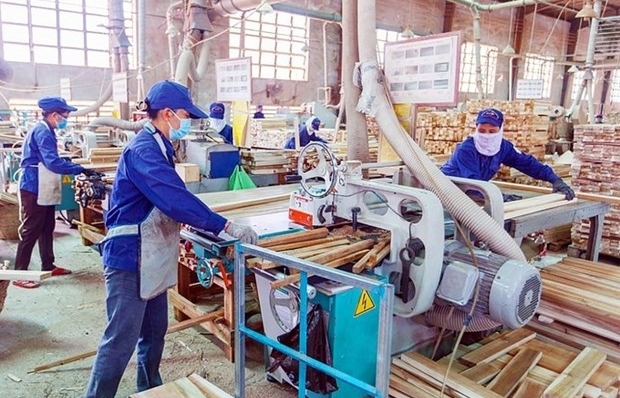
Wood enterprises step up trade promotion due to lack of orders
13:46 | 18/08/2023 Import-Export
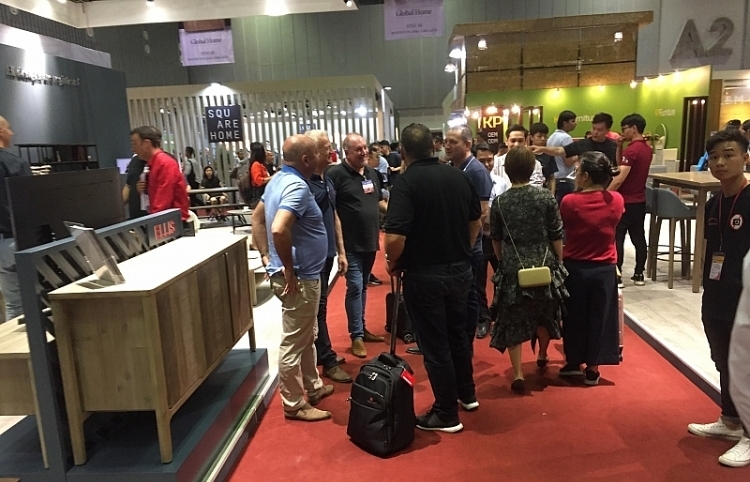
Wood enterprises exporting perfunctorily due to dropping orders
14:43 | 04/09/2022 Import-Export
Latest News

Embracing green exports: a pathway to enter global supply chains
10:33 | 20/02/2025 Import-Export
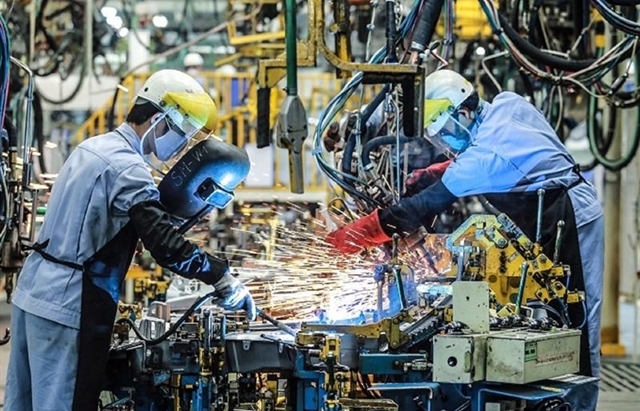
New policy proposed to prevent transfer pricing, tax evasion of FDI enterprises
10:32 | 20/02/2025 Import-Export
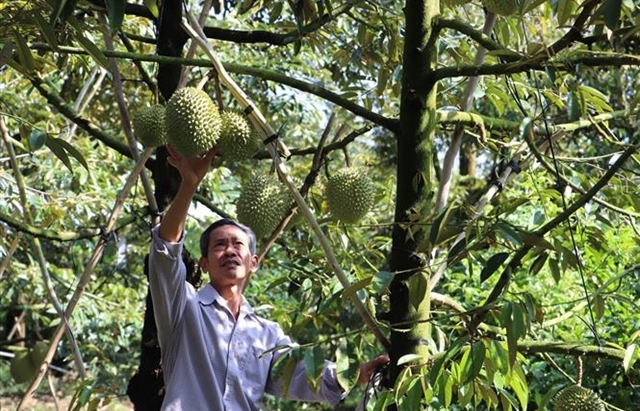
Việt Nam’s durian exports to China plummet by 80%
16:18 | 19/02/2025 Import-Export
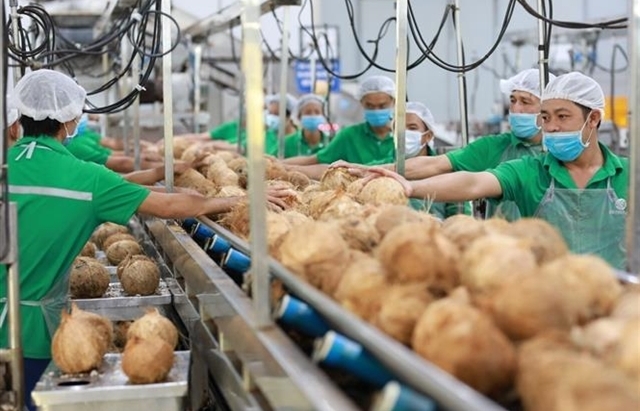
Coconut exports reach 14-year high
15:29 | 18/02/2025 Import-Export
More News

Shrimp exports grow in the first month of 2025
15:28 | 18/02/2025 Import-Export
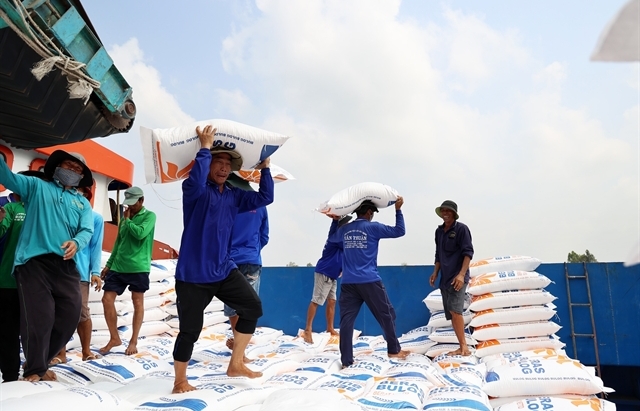
Rice export prices drop, but decline expected to be short-term
08:10 | 17/02/2025 Import-Export
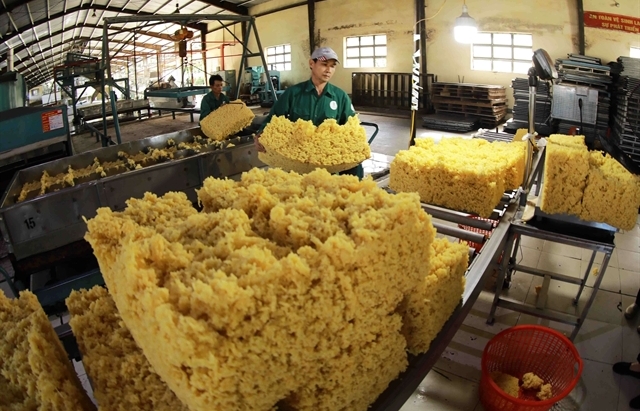
Key agro products expected to maintain export growth this year
08:08 | 17/02/2025 Import-Export
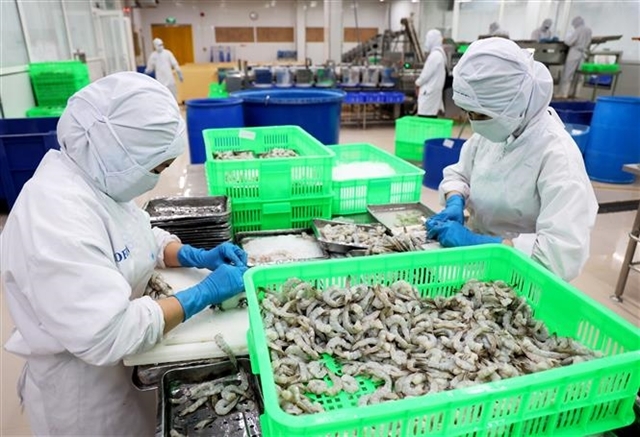
EU issues 12 warnings against Việt Nam’s food and agricultural exports
08:07 | 17/02/2025 Import-Export
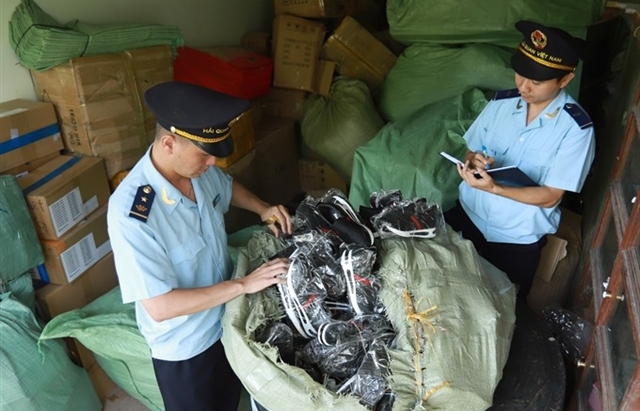
Việt Nam to impose VAT on low-value express-imported goods
08:06 | 17/02/2025 Import-Export

Exchange rate risks need attention in near future
16:31 | 15/02/2025 Import-Export
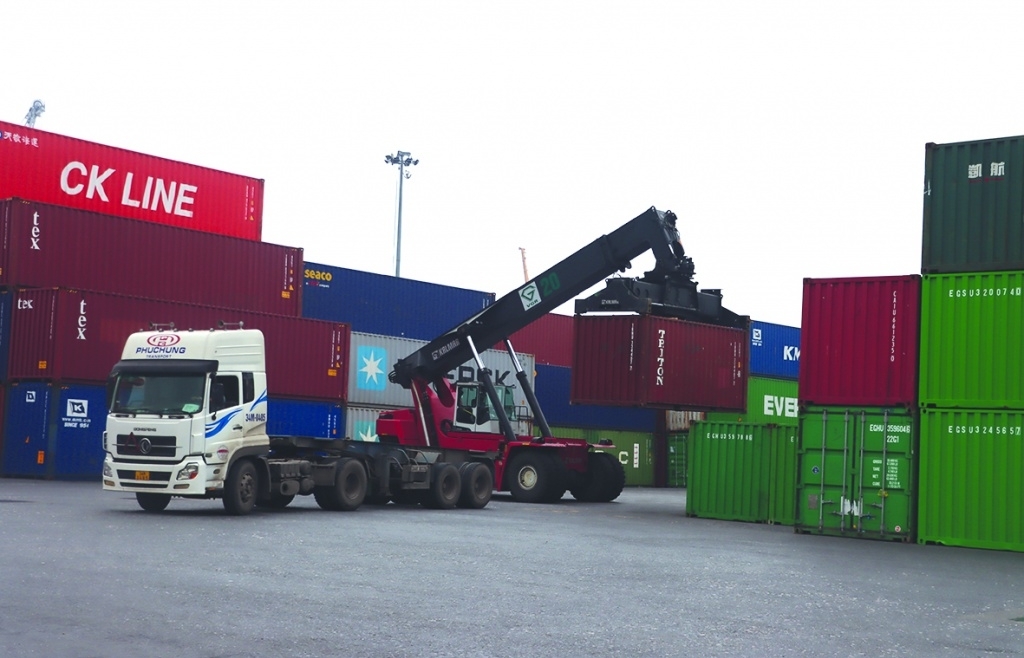
Vietnam kicked off the year with a strong start in trade, exceeding US$63 billion in the first month
16:30 | 15/02/2025 Import-Export
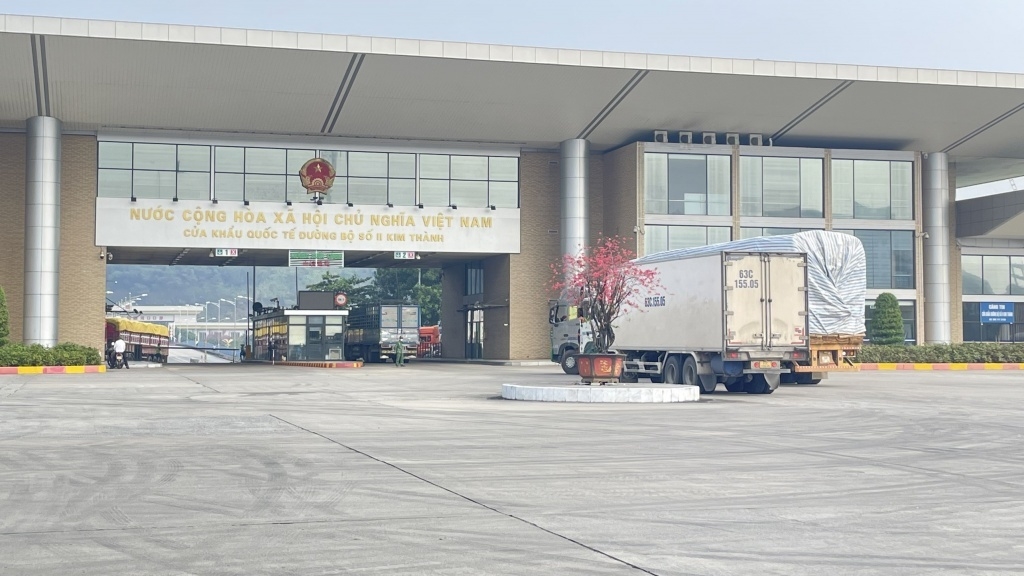
Import and export turnover reaches about US$29 billion in the second half of January 2025
14:52 | 14/02/2025 Import-Export

Market edges up slightly as liquidity remains low
14:48 | 14/02/2025 Import-Export
Your care

Embracing green exports: a pathway to enter global supply chains
10:33 | 20/02/2025 Import-Export

New policy proposed to prevent transfer pricing, tax evasion of FDI enterprises
10:32 | 20/02/2025 Import-Export

Việt Nam’s durian exports to China plummet by 80%
16:18 | 19/02/2025 Import-Export

Coconut exports reach 14-year high
15:29 | 18/02/2025 Import-Export

Shrimp exports grow in the first month of 2025
15:28 | 18/02/2025 Import-Export
